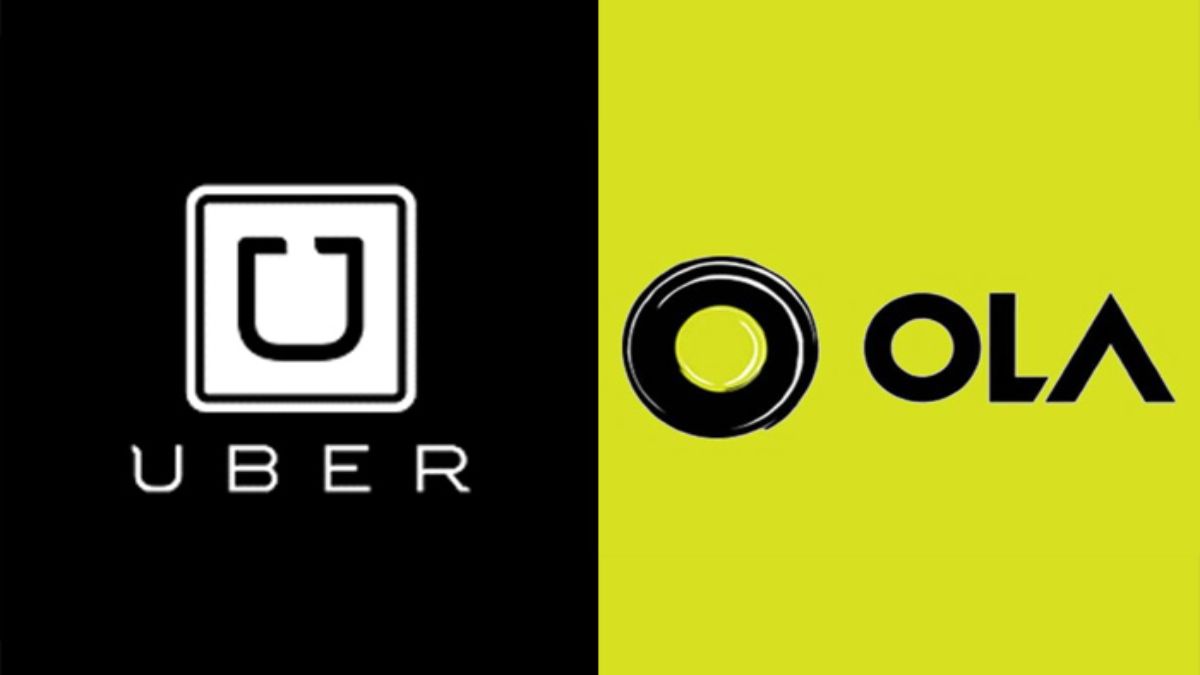Highlights:
- An aggregator will be allowed to charge a fare 50% lower than the base fare & maximum surge pricing of 1.5 times the base fare.
- To ensure the safety and accountability of the rider as well as the driver, the aggregator license can be suspended if there is a systemic failure.
- While issuing the license to an aggregator, the State government will have to follow the guidelines issued by the Centre.
The Union road transport and highways ministry on Friday issued fresh guidelines to bring ride-hailing apps including Ola, Uber under a regulatory framework in order to make aggregators liable for their operations, while safeguarding customer safety and driver welfare.
As per the new guidelines, an aggregator will be allowed to charge a fare 50% lower than the base fare, and maximum surge pricing of 1.5 times the base fare. Also, the base fare will be for a minimum of 3 kilometers.
Surge pricing is a consequence of demand-supply mismatch when the number of customers trying to book rides surpasses the number of vehicles or drivers available. It is also one of the biggest annoyance for most of the customers.
“This will enable and promote asset utilization which has been the fundamental concept of transport aggregation and also substantiate the dynamic pricing principle, which is pertinent in ensuring asset utilization in accordance with the market forces of demand and supply,” it said.
Also, to ensure the safety of the rider and the driver, repetitive instances of financial discrepancies with regard to the fares charged to riders, the severity of financial duplicitous, the unjustified imposition of surge pricing, the aggregator license can be suspended if there is a systemic failure.
While issuing the license to an aggregator, the State government will have to follow the guidelines issued by the Centre. The proposed guidelines will also ensure, eligibility conditions for an entity to be an aggregator, aggregator app and website, drivers’ welfare, manner of fare regulation, compliances with regard to vehicles and drivers, evolving concepts like pooling and ride-sharing in private cars.
Also Read: Bombay High Court Says “Nothing But Malice In Law” On Demolition at Kangna Ranaut’s House
Transport Ministry said, “The recently amended Motor Vehicles Act has created a new category of cab aggregators which recognises and defines aggregators as digital intermediaries or marketplaces, which can be used by passengers to connect with a driver for transportation.” It further added, “The new regulatory framework is also expected to ensure the same. The broader idea is also to regulate shared mobility, reduce traffic congestion, and pollution.”
The aggregators were not regulated prior to the amendment of the legislation in 2019.
“These guidelines will work as a guiding framework to the state governments/Union Territories to consider for issuance of licenses as well as regulating the business being conducted by such aggregators,” the Transport Ministry conveyed through a letter addressing the Chief Secretary of all states.
The guidelines provided for a license issue by the state government are mandatory for permitting business operations by the aggregator.
In order to ensure acquiescence with the license requirements law specifies penalties under the motor vehicles act.
The business shall also be measured as a service provided by the aggregators to serve the larger public interest by commutating facilities to the public which is cost-effective and comfortable and also in terms of generation of employment.


